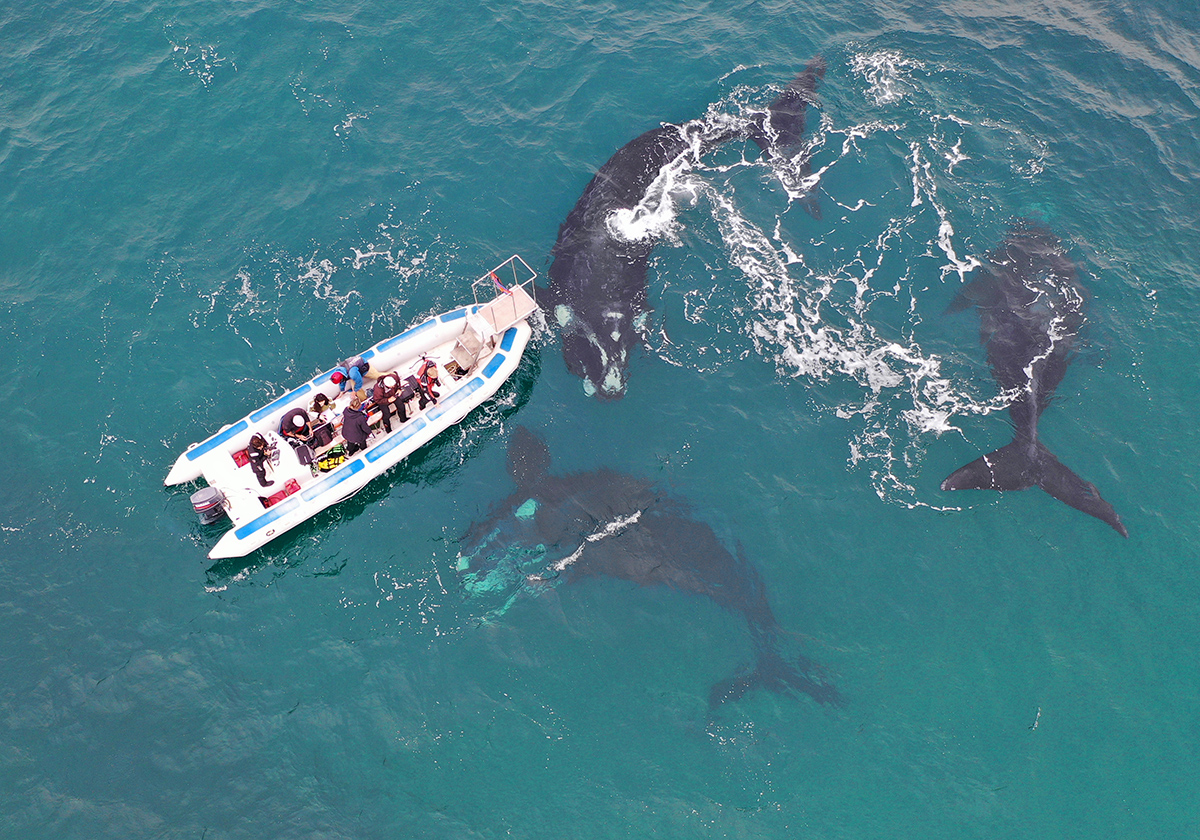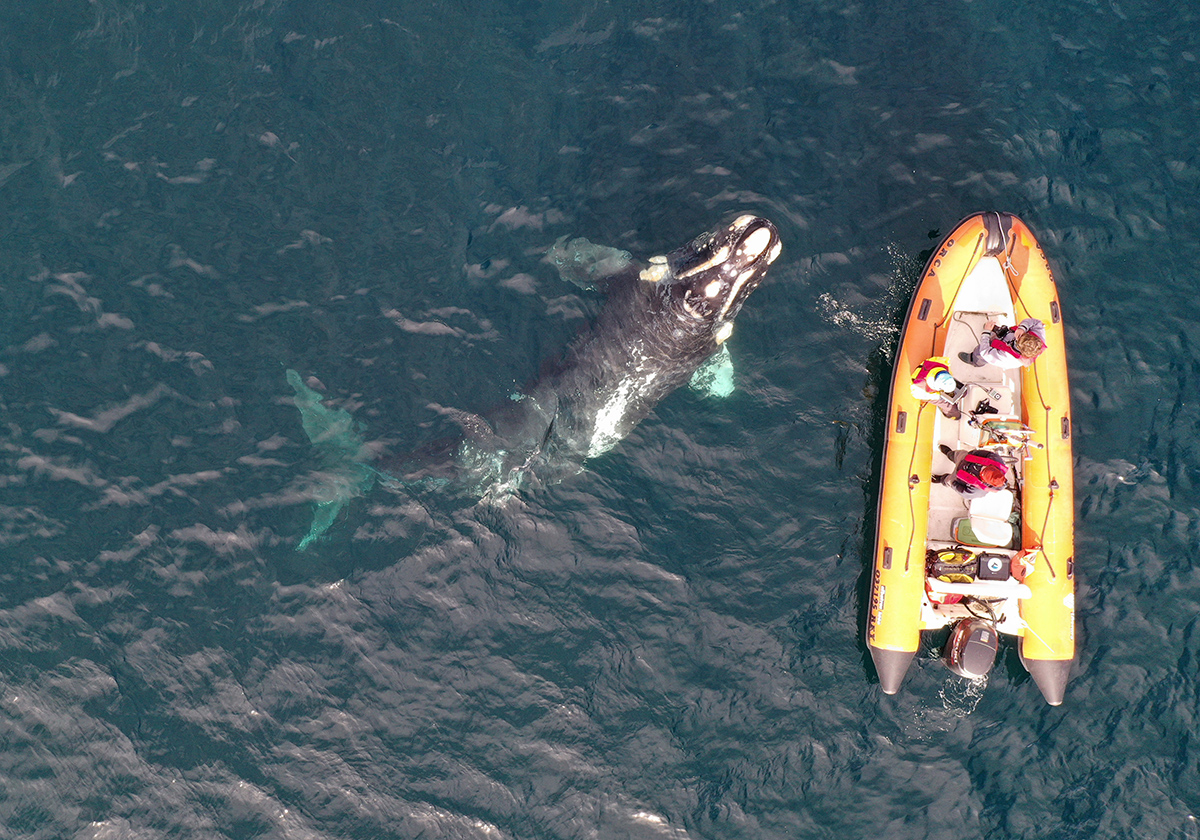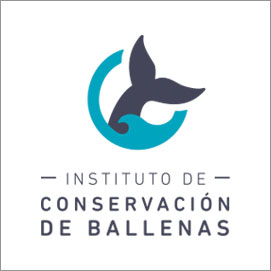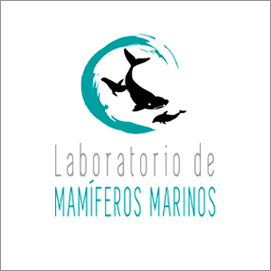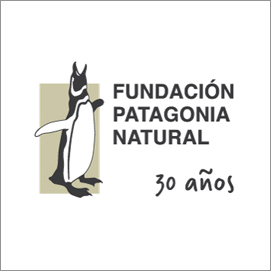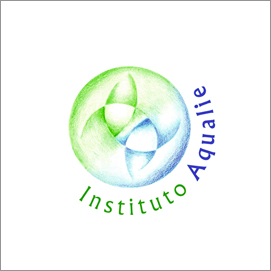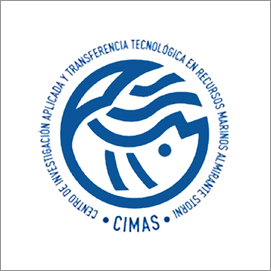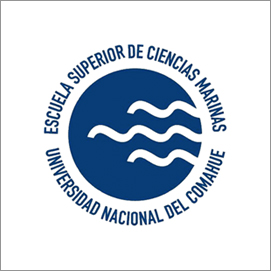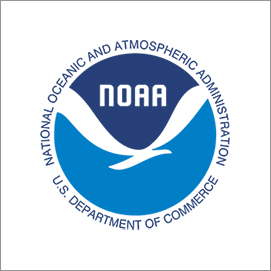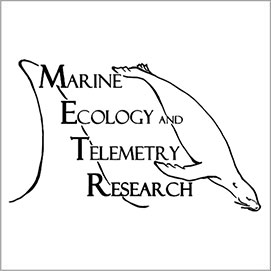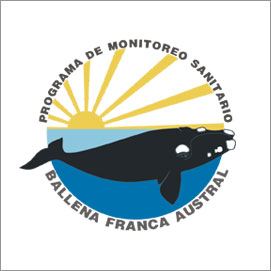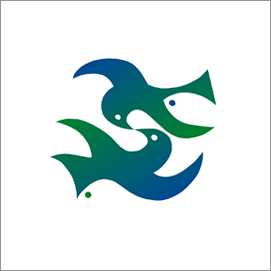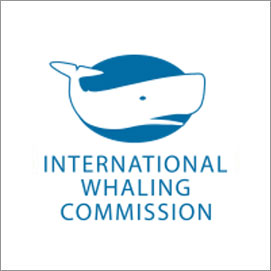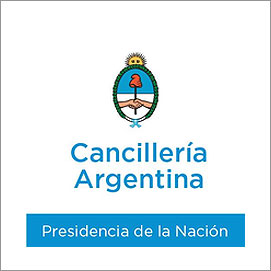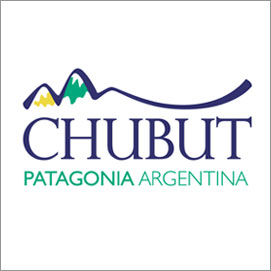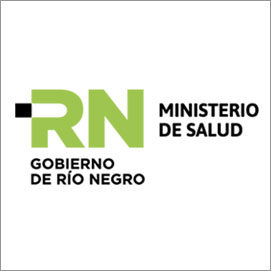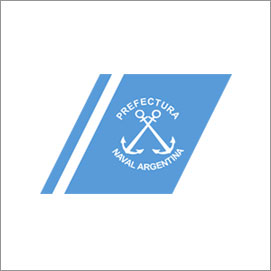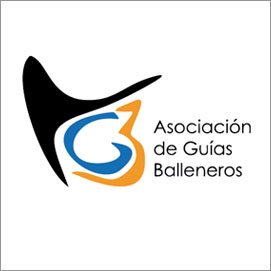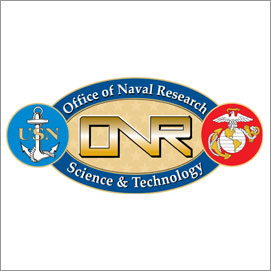Photo: Paula Faiferman
Knowing what whales do during their migrations is invaluable for their conservation, because it informs on key areas for their life cycle.
It also highlights the importance of marine protected areas and informs recommendations for the regulation of human activities (fishing, shipping, gas and oil industry) which could potentially impact these large marine mammals.
Technology for Conservation
Last generation satellite transmitters provide the location of each whale, showing various positions per day. Analysis of this data, in association with oceanic variables, will reveal the way in which these marine mammals use diverse marine environments, and will allow us to infer whether they are traveling or feeding. After a few months the transmitters detach, not having affected either the behavior or the health of the individuals carrying them.
The real time data collected reveals details of these whales’ travels and their habits. The information generated by this project is highly valuable both locally and regionally. Findings from this year’s study together with those from previous years and future efforts, will be essential for the management and conservation of this emblematic species.
Many years tracking whales
Our “tracking whales” project begun in 2014 within the context of the Southwest Atlantic Southern Right Whale Management and Conservation Plan from the International Whaling Commission. Between 2014 and 2023 we have tracked the migratory routes of 87 whales across the Argentine sea and continental shelf and learned about their feeding grounds in the southwest Atlantic and subantarctic seas. In the eighth season (2023-24) we have added 16 whales to the study, surpassing 100 whales monitored!
Satellite tracking has also allowed us to gather novel information about the way the whales use the North Patagonian gulfs, their daily travel speed and distances, among many other important facts.
About us
The Tracking Whales project is possible thanks to the combined efforts of: CESIMAR-CONICET (Laboratorio de Mamíferos Marinos), CIMAS-CONICET, ESCiMar (Universidad Nacional del Comahue), Fundación Patagonia Natural, Instituto Aqualie, Instituto de Conservación de Ballenas, Marine Ecology and Telemetry Research, National Oceanic and Atmospheric Administration, Programa de Monitoreo Sanitario Ballena Franca Austral, University of California Davis – Wildlife Health Center and Wildlife Conservation Society Argentina.
Our supporters
This Project is endorsed by the International Whaling Commission and the Argentina Ministry of Foreign Affairs. Permits are granted by the government of Chubut and Rio Negro provinces, with support from the Fauna and Flora Directory and Ministry of Tourism of Chubut and the Environment and Sustainable Development Secretariat of Rio Negro.
Our fieldwork and logistics are supported by the Coastguard of Puerto Pirámides and Puerto Madryn, the Whale Watching Captains Association and the Community of Puerto Pirámides. We are especially grateful to whale watching companies, HydroSport, Bottazzi, Peke Sosa and Schmidt.
Funding
This project has the financial support of:
CONICET, Instituto de Conservación de Ballenas (ICB), Wildlife Conservation Society,
Instituto Aqualie de Brasil, University of California – Davis, Office of Naval Research (ONR) and National Oceanic and Atmospheric Administration (NOAA) of the United States.
